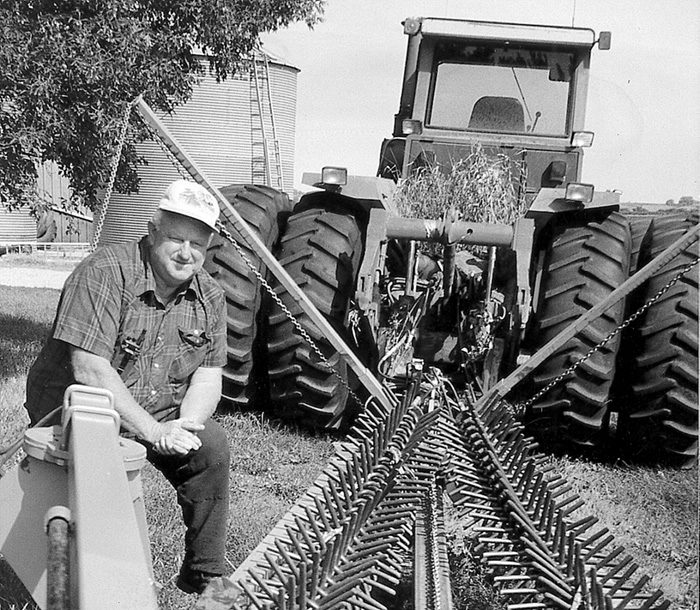No-Till Farmer
Get full access NOW to the most comprehensive, powerful and easy-to-use online resource for no-tillage practices. Just one good idea will pay for your subscription hundreds of times over.

When it comes to effectively managing soil temperatures or moisture next spring in your no-tilled fields, your residue management strategies need to be in place this fall.
Here’s how five no-tillers from the Corn Belt are effectively tackling their residue management concerns.
Don Kautz of Elizabeth, Ill., pulls a Phoenix rotary harrow at 10 mph to cover 300 acres of soybean stubble in 14 hours with only 35 gallons of diesel fuel.
By pitching the angle of the rotary harrow, he mixes a small amount of urea in the soil while incorporating 5 to 7 percent of the residue left behind the combine. Last spring, he went through corn stalks twice with the rotary harrow to level the field before no-tilling oats.
Bob Featheringill has been no-tilling since 1979 at Attica, Ohio, and has been 100 percent no-till since 1988 with 800 acres of corn, soybeans and wheat. Over the past 23 years, no-till has doubled his soil organic matter levels.
In clay soils, he often runs the AerWay rolling-tined implement 8 to 9 inches deep. “We want to provide a place for feeder and tap roots to grow,” he says. “So we’re more aggressive with the AerWay than some farmers who simply strip-till.”
Following corn harvest, he uses the AerWay to fracture the soil surface and to improve air and water movement on ground that will be no-tilled to soybeans. On no-till soybean stubble, he uses the AerWay in the spring to dry…